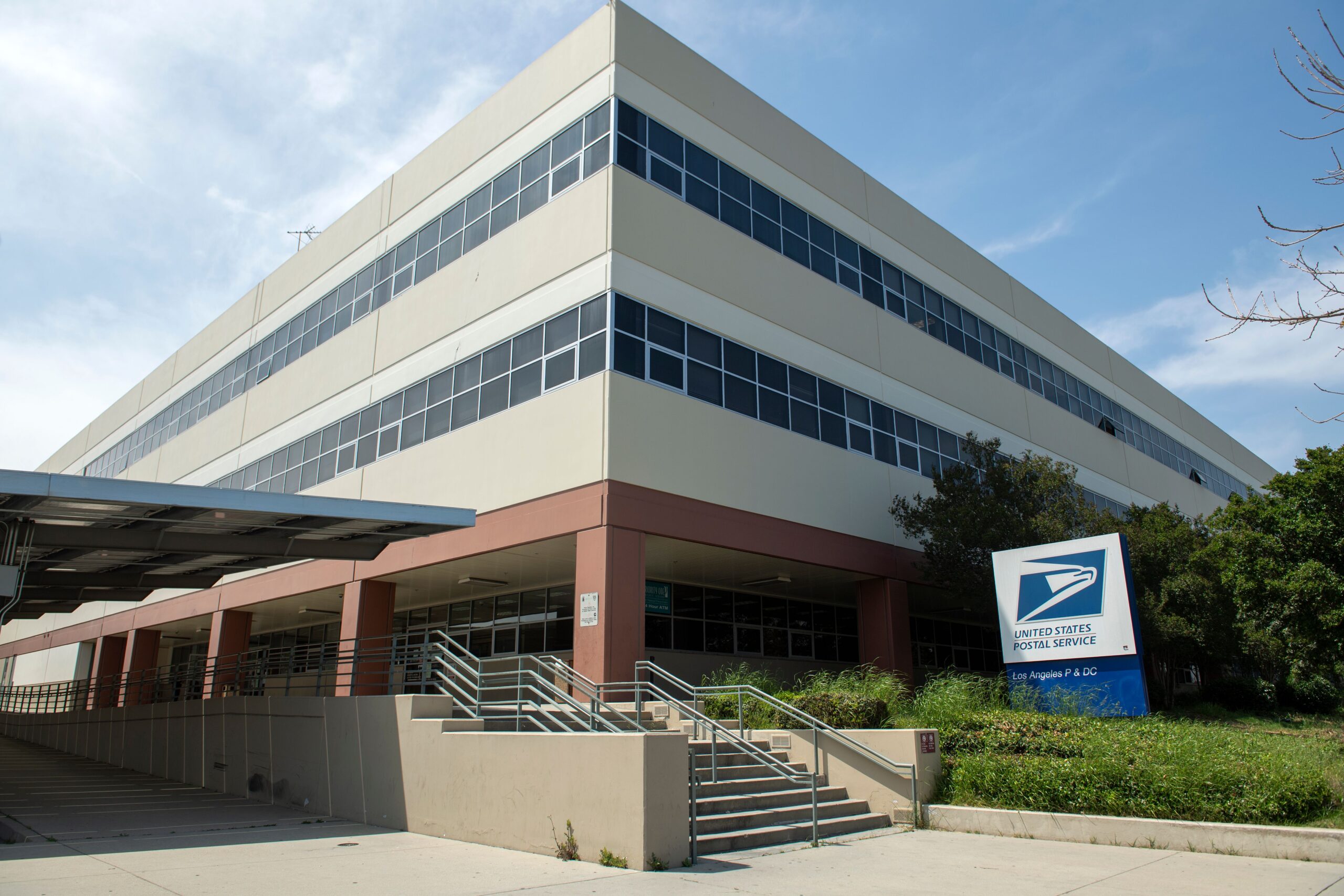How well do you know the United States Postal Service (USPS)? Since its establishment in 1775, USPS has operated for 249 years, boasting the world’s largest delivery service, a vast network of retail locations, distribution centers, transportation departments, and a workforce of 640,000 employees, with nearly 336,000 of them being mail carriers delivering to 167 million locations across the country each week.
In June, Postmaster General Louis DeJoy spoke at the 2024 National Postal Forum in Indianapolis under the theme “Necessity of Reform: Accelerating the Modernization Process.” He expressed his fascination with the history, scale, employees, services, and commercial missions of USPS, even as he marked his fourth year of work with the postal agency.
DeJoy highlighted USPS’s pioneering transportation methods such as the Pony Express and airmail, employing some of America’s finest talents from Benjamin Franklin, Abraham Lincoln, Harry Truman to Walt Disney. Lincoln and Truman later became presidents, Franklin oversaw the postal system for almost 40 years from colonial times to the founding of the United States, and Disney started as a mail carrier at 16, eventually creating the globally renowned Mickey Mouse character a decade later.
USPS handles 1.23 billion mailpieces and packages annually, representing 44% of global mail volume. The agency operates 400 processing and distribution centers with thousands of automated equipment, and its mail carriers, distributed among 19,000 delivery units, utilize over 230,000 vehicles on 234,000 delivery routes. The postal system includes courts, judges, and inspectors to combat international and domestic drug trafficking, counterfeit postage, and product crimes.
DeJoy noted the complexity USPS faces in a changing world. Since becoming an independent entity in 1971 and the passage of the Postal Accountability and Enhancement Act in 2006, USPS has encountered challenges as it competes in markets involving customers, employees, costs, and revenue.
Before 2006, USPS relied on market-driven mail volume growth and prices based on service costs to cover expenses. DeJoy emphasized the success of the focused, bureaucratic, and monopolistic postal service from 1971 to 2006, ensuring service availability if enough paying customers demanded it and prices covered all costs regardless of their magnitude.
Following the signing of the Postal Accountability and Enhancement Act by President Bush, the restructured Postal Regulatory Commission limited postage rate increases to be within the inflation rate, mandated six-day delivery weeks, and required USPS to pre-fund all employee health and retirement benefits for 50 years to reduce federal deficits. Due to factors like internet growth, the Great Recession, and pre-funding employee benefits, USPS accumulated a debt of around $160.9 billion by 2019. In 2022, President Biden signed the Postal Service Reform Act, eliminating the pre-funding requirement for employee benefits.
DeJoy described the challenges faced by USPS from the 2006 legislation onwards, limiting market-driven rate increases within the Consumer Price Index and introducing new regulatory powers. However, the digital revolution combined with the economic downturn led to a significant decline in mail volume, thwarting business models introduced by Congress and the Postal Regulatory Commission. This conflict contrasted with the financial services and operational models created upon USPS’s independence in 1971.
Even with the enactment of the legislation, USPS failed to adapt to policy, technological, and market changes, resorting to a simplistic “get through each day” strategy, resulting in an organizational culture stagnated amid rapid change and opportunities. DeJoy highlighted the losses incurred by USPS in the 14 years following the legislation (up to 2020), which they are currently striving to reverse.
“Development, service, and creating long-term viability” constitute USPS’s goals. DeJoy stressed the significant changes needed in leadership advocacy, corporate culture, supplier partnerships, infrastructure design, cost reduction, service evaluation and adjustment, competitive new product creation, and sales learning.
In March 2021, USPS introduced the ten-year “Delivering for America” plan to enhance operational models, increase revenue, modify services to cover every American reliably and affordably while striving to recoup costs. Significant changes are necessary in culture, infrastructure, operational practices, and growth-supporting measures.
DeJoy drew from his life and career experiences, advising on the importance of striving for meaningful results in decision-making efforts and avoiding foolish decisions during life’s journey.
For an organization seeking growth, continuous problem-solving engagement is crucial, focusing not only on overcoming current challenges but also identifying unknown pitfalls and uncovering hidden opportunities throughout the work process. DeJoy emphasized the need to inspire employees to engage in USPS’s mission, transforming postal services into “efficient, precise, financially sustainable service.”

